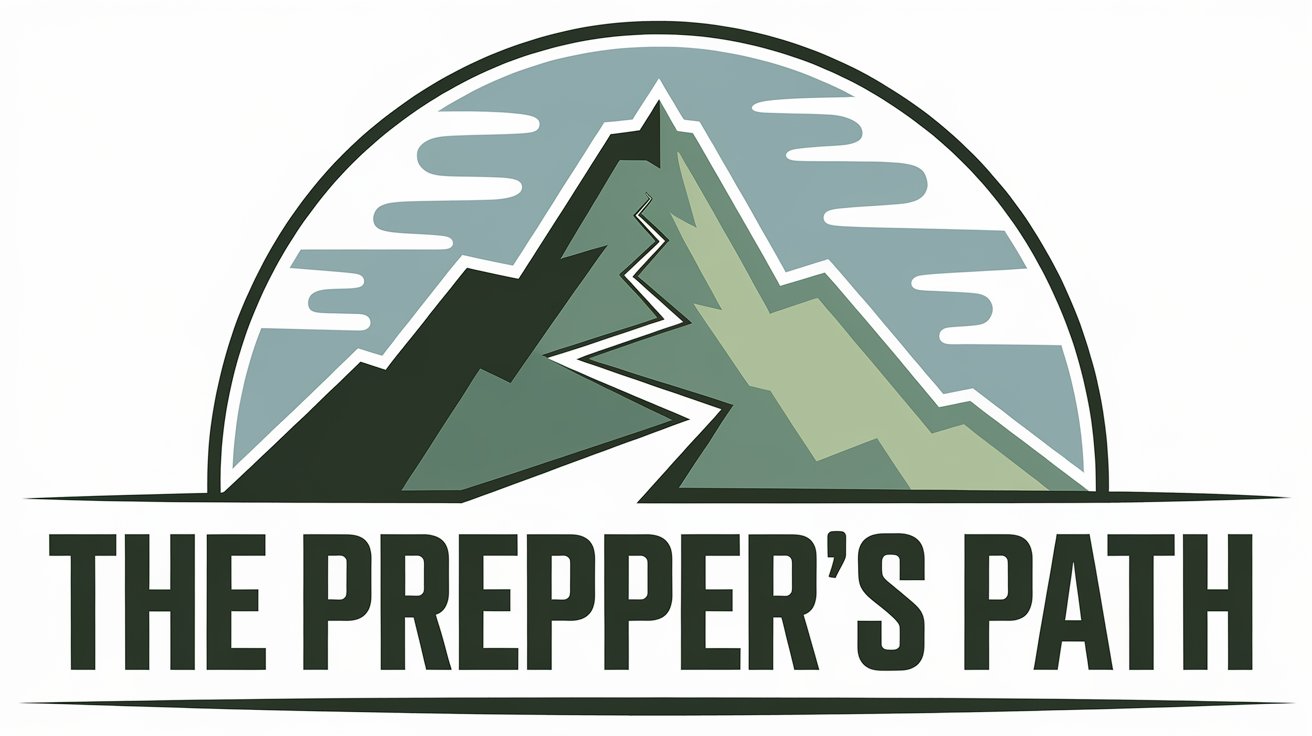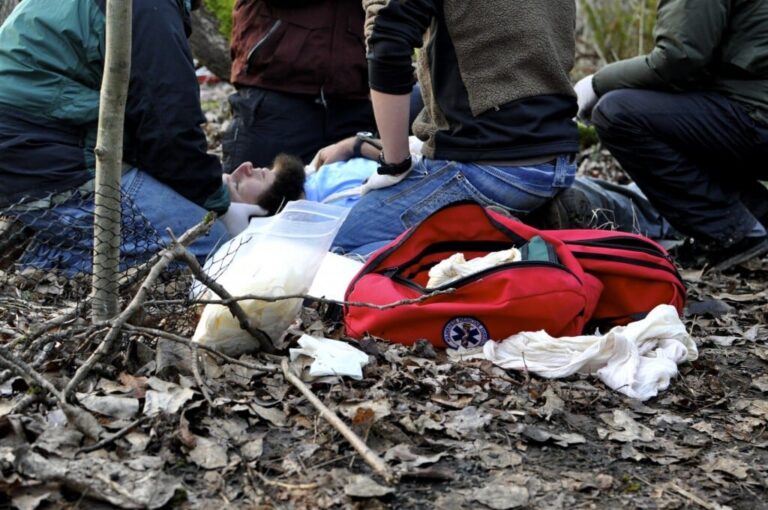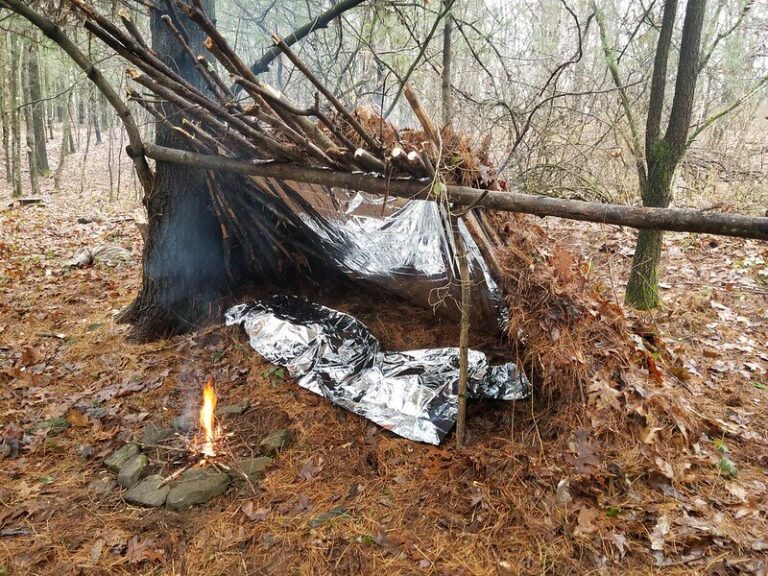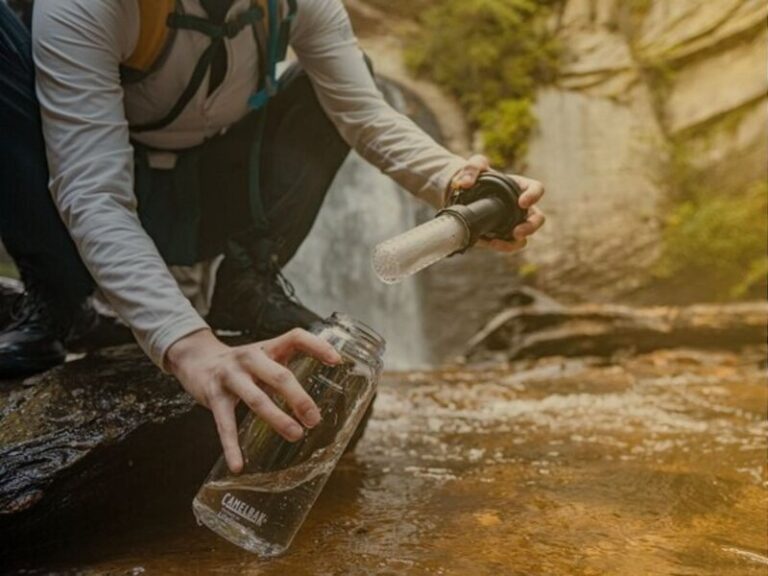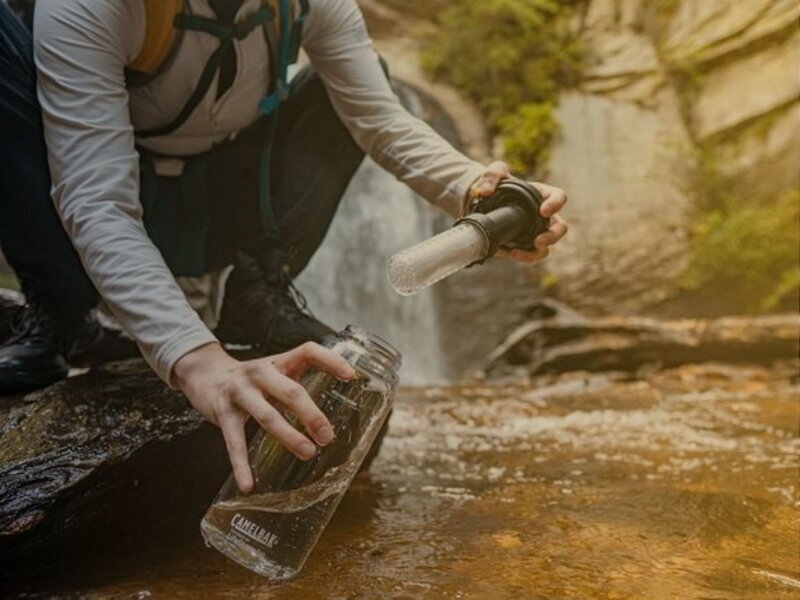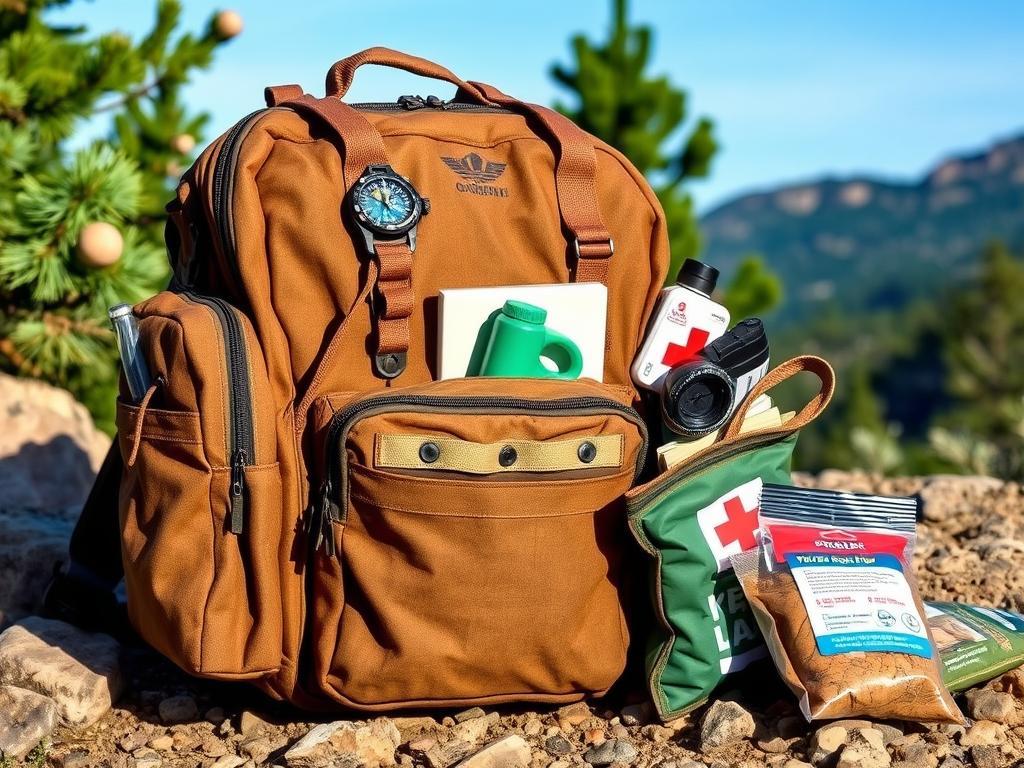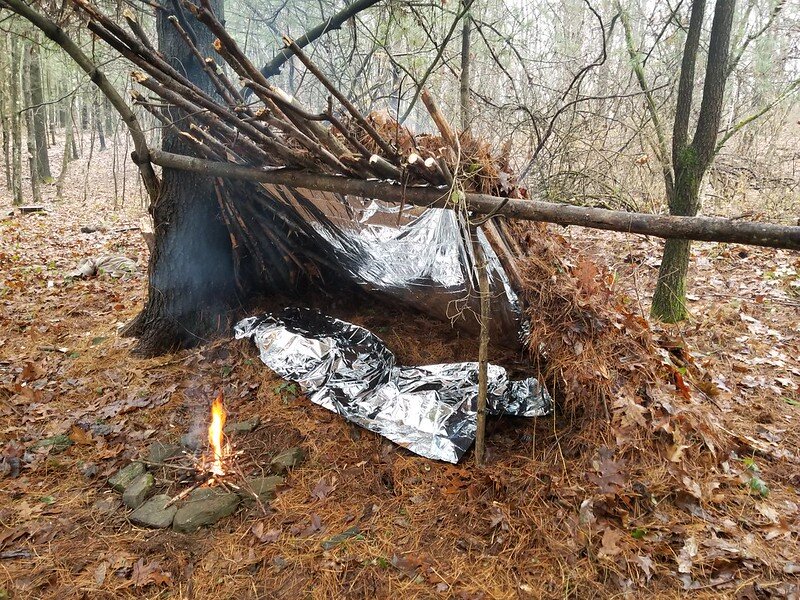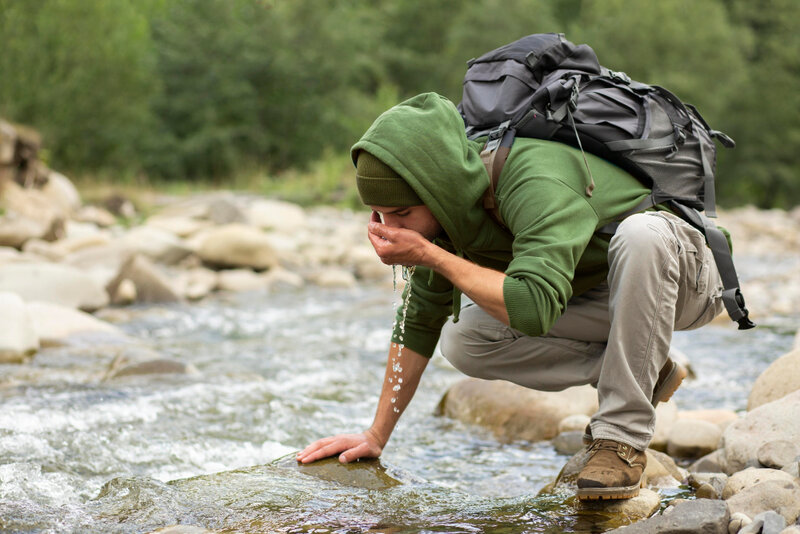
Introduction
In a crisis, Emergency Water Purification is a critical survival skill. Clean drinking water may not always be available, and knowing how to purify it can make a life-or-death difference. Whether you’re at home, stranded in the wilderness, or on the move, understanding various purification methods helps ensure you and your loved ones stay safe and hydrated when it matters most.
This article will guide you through the essential methods to purify water in emergencies, ensuring that you’re equipped to keep yourself and your loved ones safe. Water filtration is only 1 of 10 essential survival items you can not live without. See the full list here.
Understanding the Need for Water Purification
Water is the essence of life, but in an emergency, it can quickly turn into a source of danger. Contaminated water can harbor harmful bacteria, viruses, and parasites that can lead to severe illness.
- Health Risks: Contaminated water can introduce a host of health problems. Pathogens lurking in untreated water can lead to illnesses like cholera, dysentery, and giardiasis. Think of these pathogens as unseen enemies waiting to strike at your most vulnerable moment.
- Survival Essentials: You can survive for days without food, but only about three days without water. When faced with a disaster, ensuring access to clean water becomes paramount.
By grasping the gravity of these health risks, you can better appreciate the importance of water purification. Your family’s health and safety depend on your ability to make informed decisions in a crisis.
Methods of Water Purification
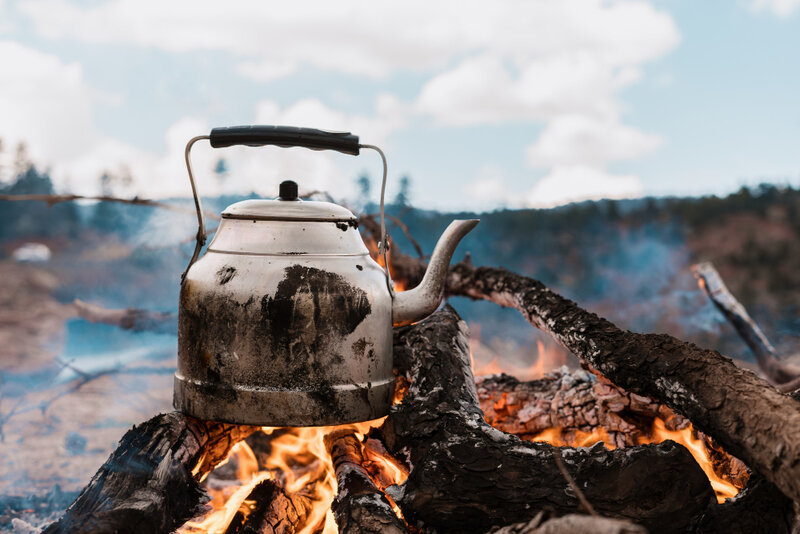
Now that you understand the critical need for clean water, let’s explore the various methods available for purifying water during emergencies. Each method has its strengths and can be chosen based on your specific situation.
Boiling:
- Time Needed to Kill Pathogens: Boiling for just one minute can effectively eliminate most harmful microorganisms, turning potentially dangerous water into a safe, drinkable source.
- How to Boil Water Effectively: Boiling is one of the simplest and most effective methods to kill pathogens. Bring water to a rolling boil for at least one minute. At higher altitudes (above 6,500 feet), boil for three minutes to ensure safety.
Chemical Purification:
- Use of Iodine and Chlorine Tablets: Chemical purification is convenient and effective. You can use iodine tablets or liquid chlorine bleach to disinfect water. Follow the instructions on the packaging for the correct dosage.
- Proper Dosages and Waiting Times: Generally, you need to wait at least 30 minutes after adding the purification agent to ensure it has killed pathogens effectively.
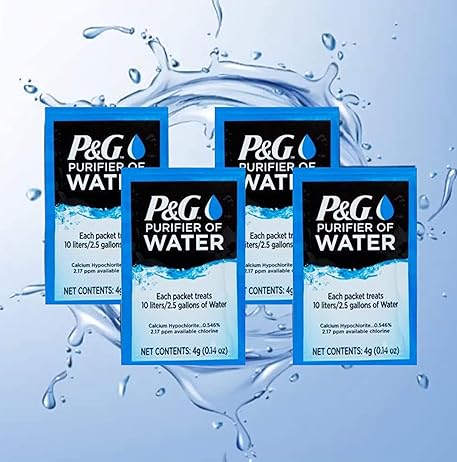
As an emergency water purifier, P&G water purification packets slip easily into your preparedness kit. These small pouches treat water for your whole family on the trail.
Filtration:
- Overview of Portable Water Filters: Portable water filters, such as ceramic or activated carbon filters, can remove contaminants from water. They are easy to carry and use, making them ideal for emergency kits.
- DIY Filtration Methods: If you find yourself without a commercial filter, you can create a simple DIY filter using materials like sand, gravel, and charcoal. Layer these materials in a container, and pour water through the filter to remove larger particles and some pathogens.
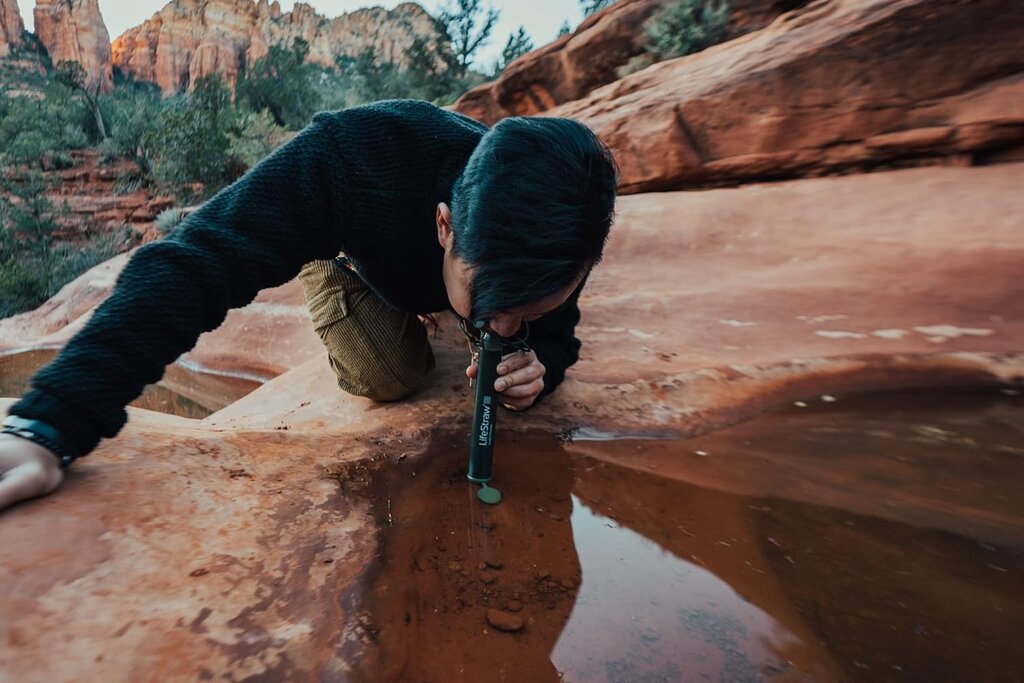
A quality water filter can be a lifesaver in emergency situations. For a list of must-have items that will keep you prepared, check out our Top 10 Survival Gear Items You Can’t Live Without.
Solar Purification:
- Explanation of Solar Stills: If sunlight is available, you can use solar stills to purify water. This method involves using the sun’s heat to evaporate water, leaving contaminants behind, and then collecting the steam as it condenses back into liquid.
- Effectiveness: Solar stills can be effective for small quantities of water, especially in sunny climates.
Where to Source Water in an Emergency
In an emergency, knowing where to find water in an urban setting can be crucial to your survival. Here are several alternative sources you can consider:
- Toilet Tank: The water in the tank on the back of your toilet is generally clean and safe to drink, as it hasn’t come into contact with waste. Just be sure to avoid the bowl, which can harbor harmful bacteria.
- Water Heater: If you have a hot water heater, it can be a great source of potable water. Turn off the power or gas supply to the heater, and use a hose to access the water from the drain valve at the bottom.
- Pipes: If you’re in a situation where you have to evacuate your home, you can drain the water from the pipes. Open a faucet at the highest point in your home, and then open the lowest faucet to let the water flow.
Practical Tips for Water Purification in Emergencies
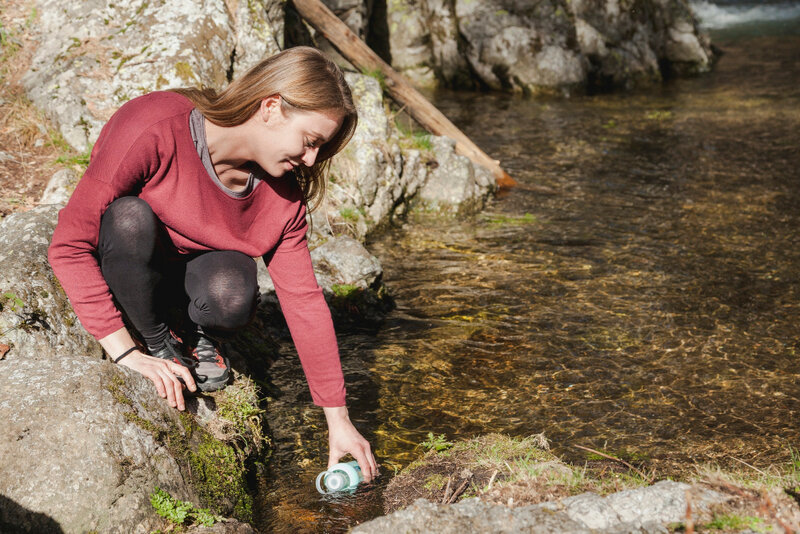
Knowing how to purify water is only part of the equation; you also need practical tips to enhance your purification efforts. Here are some strategies to maximize your chances of success:
- Sourcing Water Safely: When looking for water, avoid sources like standing water or water that is visibly polluted. Instead, opt for flowing water from rivers or streams, as it’s generally safer.
- Combining Methods: For improved safety, consider combining methods. For instance, you can filter water through a DIY filter and then boil it for additional safety. This double-layer of protection can significantly reduce health risks.
- Storage Tips for Purified Water: After purifying water, store it in clean, airtight containers to prevent re-contamination. Make sure to label the containers with the date of purification, as purified water can also have a shelf life.
Preparing for Emergencies
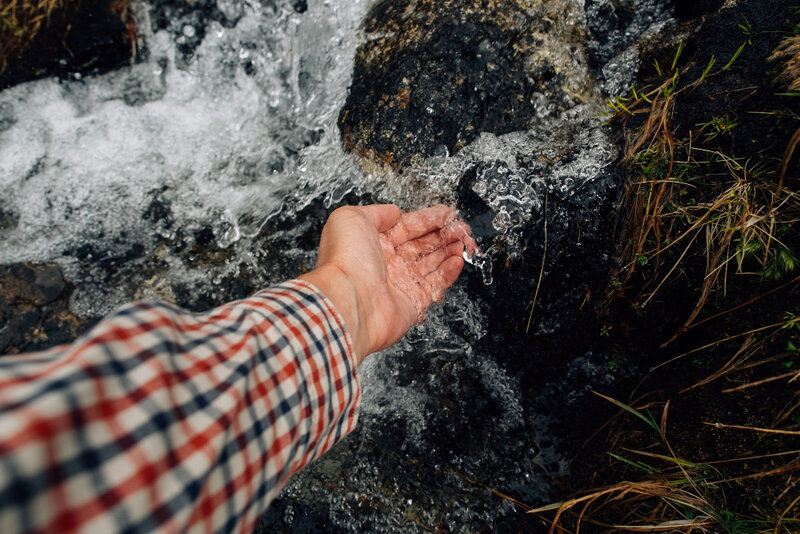
Preparation is key when it comes to ensuring access to clean water during emergencies. Here’s how you can get ready:
- Recommended Water Purification Supplies for Emergency Kits: Stock your emergency kit with essential water purification supplies, including:
- Creating a Family Emergency Plan: Discuss and create a family emergency plan that includes water purification strategies. Assign roles to family members so everyone knows what to do in a crisis.
- Checklists of Items for a Bug-Out Bag: Include a checklist of water purification items for your bug-out bag. This ensures you won’t forget anything crucial when it’s time to leave.
Conclusion
In conclusion, understanding emergency water purification is essential for survival in crisis situations. By knowing how to boil, chemically treat, filter, and utilize solar purification methods, you empower yourself to make safe choices in uncertain times. Remember, access to clean water is a cornerstone of survival, and with the right knowledge and preparation, you can safeguard your family’s health.
So, are you ready to ensure that your family has access to clean water in an emergency? Start gathering your supplies and knowledge today—because being prepared can make all the difference when the unexpected occurs.
Subscribe to my newsletter to get notified of new posts!
As an Amazon Associate, I earn commission from qualifying purchases.
Reference Articles
- Centers for Disease Control and Prevention (CDC): Emergency Water Supply
- World Health Organization (WHO): Water, Sanitation, and Health
- Ready.gov: Water in an Emergency
